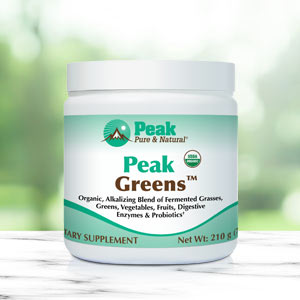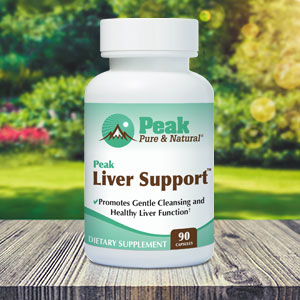Get Easy Health Digest™ in your inbox and don’t miss a thing when you subscribe today. Plus, get the free bonus report, Mother Nature’s Tips, Tricks and Remedies for Cholesterol, Blood Pressure & Blood Sugar as my way of saying welcome to the community!
10 neurotoxic pesticides linked to Parkinson’s

For many years, science has considered the brain neurotransmitter dopamine to be a key player in Parkinson’s disease.
In scans of patients with Parkinson’s, scientists have been able to see the loss of dopamine neurons in a brain region called the substantia nigra. The death of these neurons is a hallmark of the disease.
In addition to genetic and biological considerations, certain environmental factors are believed to play a role in the development of Parkinson’s…
A study from 2018 found that people exposed to the chemicals paraquat and maneb were 250 percent more likely to develop Parkinson’s than the general population.
And now research has identified not one or two but 10 toxic pesticides that significantly damage dopamine neurons, paving the way for the development of Parkinson’s.
10 pesticides linked to Parkinson’s development
Researchers from Harvard, UCLA and Mt. Sinai Hospital examined decades-long exposure to 288 pesticides among residents of California’s Central Valley who have Parkinson’s disease (the Central Valley is a major agricultural area).
First, they were able to determine each person’s long-term exposure to each pesticide. Then they tested each pesticide for associations with Parkinson’s.
Ultimately, they identified 53 pesticides that appeared to be involved in causing Parkinson’s. Most had never before been studied and are still in use.
Then, digging further, they tested each pesticide on neurons that closely resembled the dopaminergic neurons that, when damaged, cause the motor symptoms of Parkinson’s: the shuffling gait, uncontrollable tremors and rigid facial and body muscles).
They narrowed down their search to ten pesticides that are responsible for the death of dopamine-producing nerves, including.
- Four insecticides: dicofol, endosulfan, naled, and propargite
- Three herbicides: diquat, endothall, and trifluralin
- Three fungicides: copper sulfate (basic and pentahydrate) and folpet.
Additionally, they tested the toxicity of multiple pesticides that are commonly applied in cotton fields. Combinations including trifluralin, one of the most commonly used herbicides in California, produced the most toxicity.
Previous research involving pesticide applicators had also pointed to trifluralin as a culprit in causing Parkinson’s.
Precautions you can take
Those at the highest risk from these toxins are people that work with them often.
Dr. Kelly Johnson-Arbor, medical toxicologist, co-medical director, and interim executive director at the National Capital Poison Center, notes that precautions can reduce exposure…
“Wear protective clothing, including gloves, when handling pesticides. Since wind can cause pesticides to spread over larger regions or unintended areas after application, don’t apply pesticides on windy days.”
However, you can come into contact with dopamine-damaging toxins even if you don’t work with them…
Before this study, two other pesticides were identified as having a role in causing genetic forms of Parkinson’s disease: rotenone and paraquat.
Both of these are used routinely to maintain golf courses. Golf courses use four to seven times the amount of pesticides per acre that agricultural growers use.
Golfers are exposed to these toxins mainly through direct skin contact with turf usually on the ankles, legs, hands and arms. If you’re a lover of the game, there are some ways to protect yourself:
- Wear golf shoes, long socks that cover the legs and long pants.
- Consider wearing gloves, and/or wash your hands after golfing and before eating or drinking.
- Call ahead to schedule tee times a few hours after pesticide application, or the following day.
- Also, consider a detoxifying diet.
Editor’s note: Did you know that when you take your body from acid to alkaline you can boost your energy, lose weight, soothe digestion, avoid illness and achieve wellness? Click here to discover The Alkaline Secret to Ultimate Vitality and revive your life today!
Sources:
10 pesticides toxic to neurons involved in Parkinson’s — Science Daily
10 commonly used pesticides directly linked to Parkinson’s in new study — Medical News Today
A pesticide and iPSC dopaminergic neuron screen identifies and classifies Parkinson-relevant pesticides — Nature Communications
Rotenone, Paraquat, and Parkinson’s Disease — Environmental Health Perspectives














